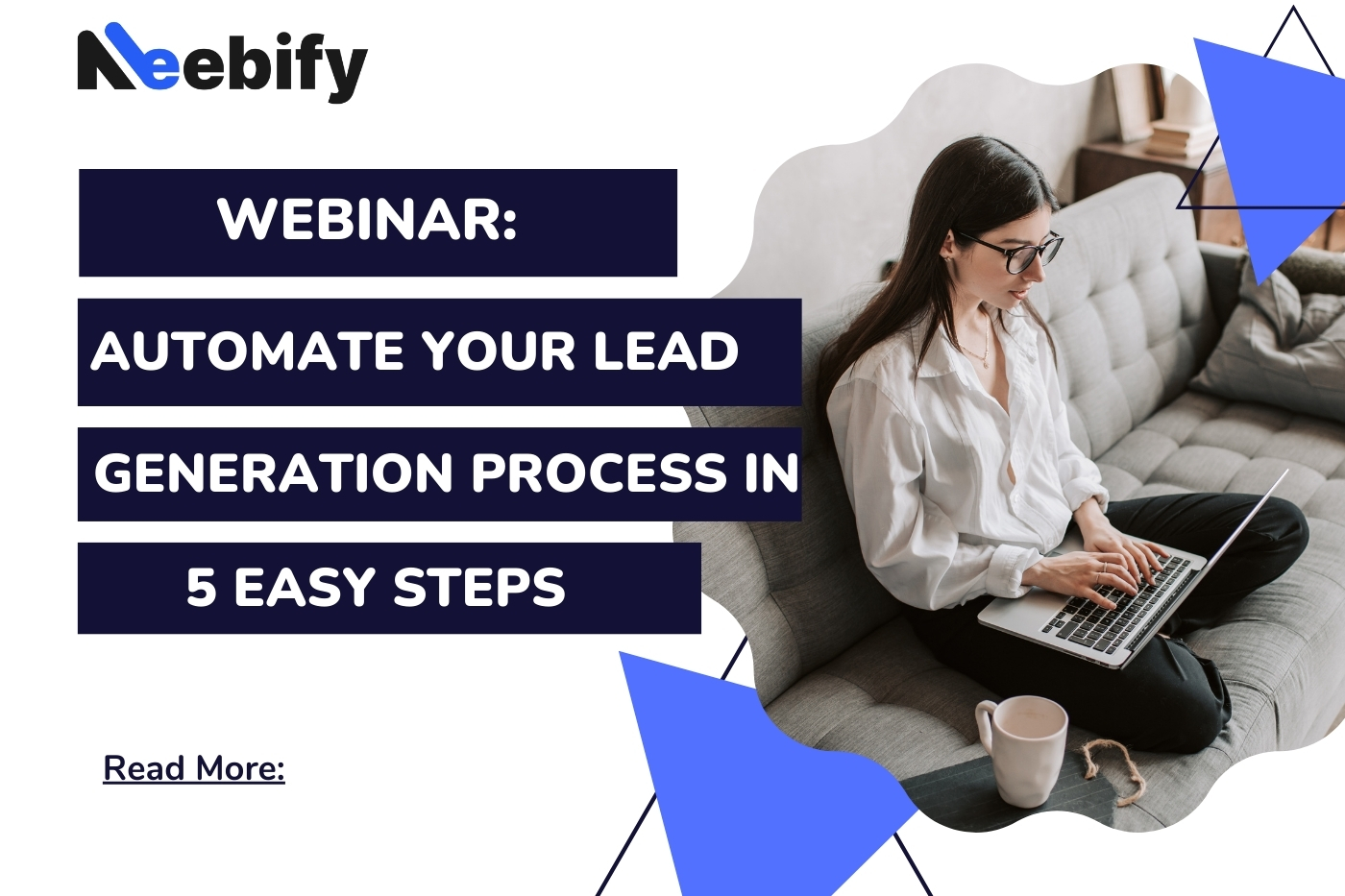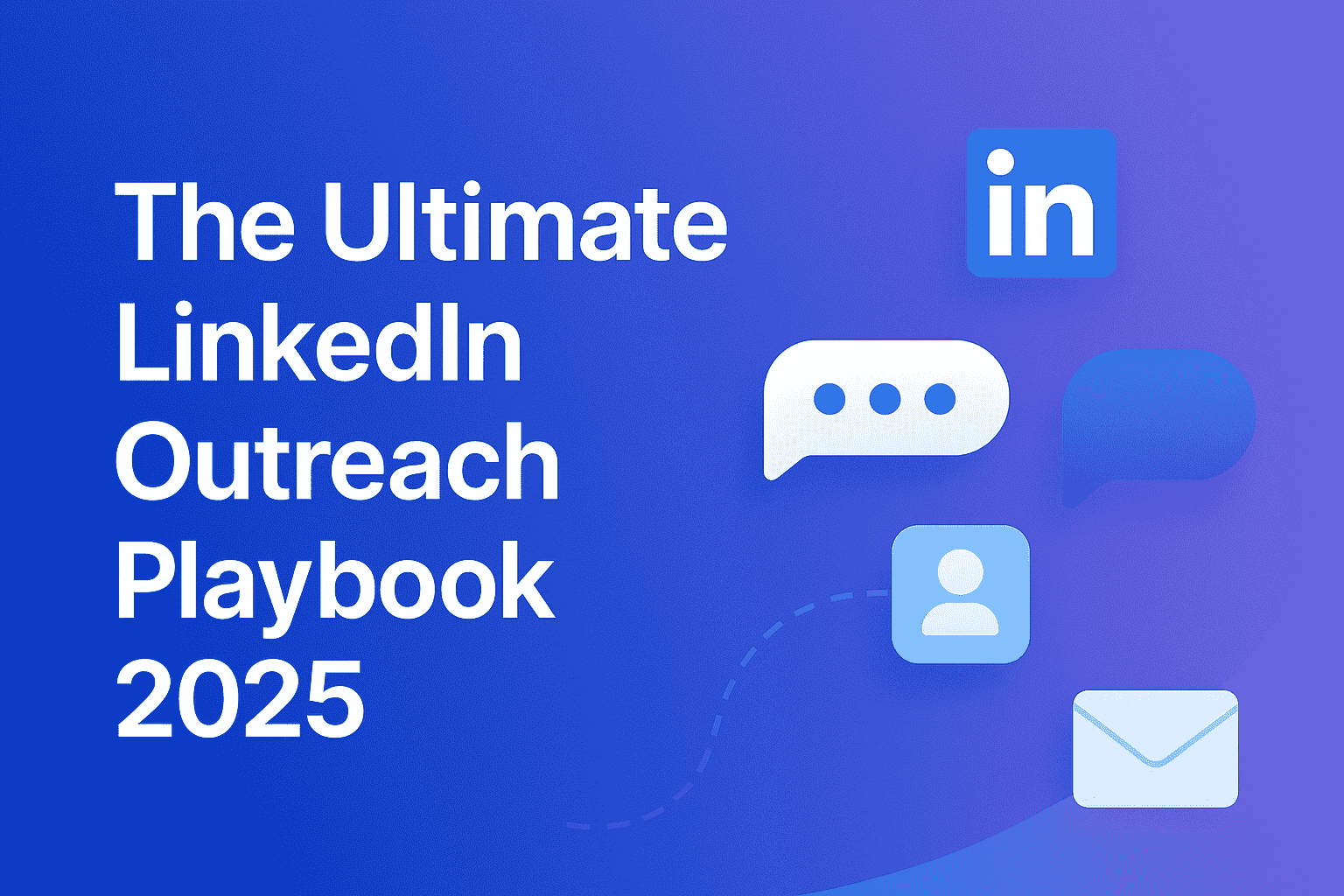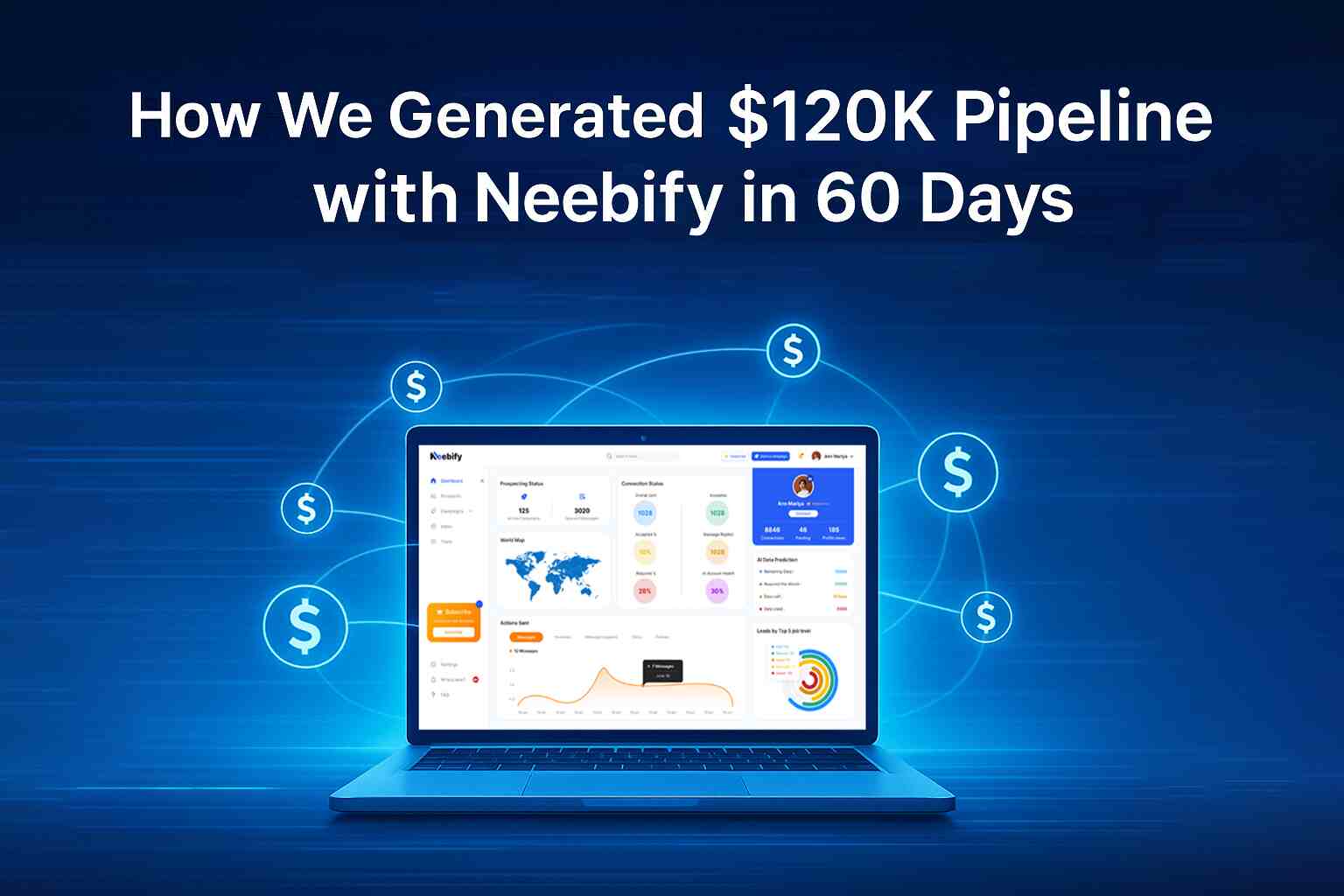Table of content
What Is a Lead Generation Webinar?
Lead Generation is an example of such a powerful digital marketing strategy to attract, engage, and convert potential customers into qualified leads. Unlike traditional webinars that are supposedly based on education or training, lead generation webinars are tweaked for a target audience—with tailoring, ticking boxes for their needs and pain points are offered with something of value, all the while subtly guiding attendees toward a product or service that solves the problem at hand.
Webinars typically include a live or pre-recorded presentation by a host or expert who gives knowledge, tips, or a solution on a given industry or topic. This always requires all attendees to first register with their contact information. That is a very critical part of the lead generation process: the ability to capture this data and use it for follow-up marketing efforts.
How Can Webinars Be Used for Lead Generation?
Webinars are flexible lead generating tools. This is efficient in the sense that they can deliver value and effectively communicate directly with potential customers.
Here's how webinars can be used for lead generation:
1. Creating targeted content: With webinars, businesses can create content that caters to their target audience's needs and interests. By focusing their attention on information that is useful to most potential customers, they will attract the people who are already interested in what they have to offer. A software house can, for example, organize a webinar on increasing business efficiency through automation. The topic of the webinar attracts the attention of business owners or managers interested in automation solutions and hence are perfect candidates for a lead.
2. Engagement and Interactivity: No other content helps in engagement as much as webinars, since this is real-time interaction. In varying ways—Q&A sessions, polls, live chats—it will help keep the audience involved and provide audience behavior insights. All such kinds of engagement will surely help you build a rapport with a possible lead, and then eventually they are likely to consider your product or service.
3. Informative Value: Webinars are a great way to educate potential customers about complicated products or services. A business can provide a lot of detail and can even offer practical demos in order to help the understanding of the attendees concerning how the business's offering might solve certain problems. Such an educative approach places the business in the category of a useful resource, which then massively increases the chances of conversion.
4. Lead Nurturing: Generated leads are much better qualified through webinars since they have demonstrated direct interest in the topic discussed. After which businesses send more details, special offers, or exemplary cases through nurturing emails after a webinar. This leads nurturing helps to push farther those leads along the sales funnel to make a sale.
5. Content Re-purposing: Webinars can be recorded and re-purposed in any form, be it a blog, pod-cast, or video. All these re-purposed materials keep providing leads long after the live event. The recording should be available even on demand to capture those leads that failed to attend live.
How Do Lead Generation Webinars Help?
Though Lead Generation Webinars possess a plethora of benefits that make them an important add-on to any digital marketing strategy, here are a few key advantages.
1. Cost-Effective Marketing: In most cases, webinars are less expensive than traditional methods of marketing, such as print advertising or trade shows. Actually, there are only two main costs—hosting a webinar platform and the time one has to dedicate to preparing and promoting the event. This makes webinars quite a lucrative option for businesses with tight marketing budgets.
2. Global Reach: Since webinars enable businesses to hold a presentation, there is no geographical barrier involved, and this increased reach facilitates business to bring in more and more leads from divergent markets. Also, since webinars can be recorded and shared online, they may keep generating leads even after the live event.
3. Build Authority: Hosting webinars on relevant topics to your business helps you build out your authority in the space. Such an authority is what encourages some of your audience to trust you and, in return, they are likely to consider your products and services. They are most likely going to interact with your brand if they view your business as that of a thought leader.
4. Higher Conversion Rates: The quality of leads coming from webinars is high because the people are already interacting with your content. Consequently, the conversion rate should be higher compared to other lead-generating activities. Anyone who takes their time to even watch a webinar on a specific issue is contending with more serious problems and is highly likely ready to listen to your offer.
5. Valuable Insights: Determine what a business' audience wants and expects from a business. The live poll, survey, and Q&A functions help businesses gather valuable insights that may be channeled to tweak products, services and even marketing strategies; know what attracts your audience to gear your offerings more towards their interests.
How to Create a Lead Generation Webinar in 5 Easy Steps?
To create a good lead-generating webinar, you must have a plan and execute it properly. Below is a step-by-step process that can help you get started:
Step 1: Define your target audience and key Topic
This is the first step in creating a lead-generation webinar. The first step is to lay out the target audience and figure out a subject interesting to the target audience. Initially, you need to define your target demographics, interests, and pain points. Pick a relevant topic: Once you have really gotten to know your audience, first select a topic that speaks to one of their problems. The more salient and narrow your topic, the more you attract targeted participants.
If you're speaking to small business owners, then "Boosting Sales with Automated Marketing Tools" is going to get a lot of interest. Just remember that your topic should be specific enough to deliver value, but broad enough to attract a sizable audience.
Step 2: Plan and Structure Your Content
Once you've selected your topic, the next process is planning and organizing. A well-structured webinar usually consists of an introduction, the main body, and finally, the conclusion. The very first thing you have to do is introduce yourself and your business, and outline the objectives of the webinar. This is a way of setting the stage for the attendants and making them known to attendees who to expect.
The main content should be informative and engaging. Mix in slides, visuals, and real-life examples to drive your point home. Make sure to break complex ideas into easily digestible parts and involve the audience in the process of the main presentation. Finally, close up the webinar with a strong call to action: Tell them what step to take next, which is usually to sign up for a free trial, download a resource, or set up a consultation.
Step 3: Promote Your Webinar
Promotion is the real deal when it comes to engaging a huge, relevant audience for your webinar. Start with a branded landing page that contains every bit of information about the webinar, including the date, time, and topic of the event, as well as information about your speaker. Surround it with compelling copy and visuals that will inspire the visitor to register.
Next is to promote your webinar: do it via email marketing, social media, and your website. Consider engaging influencers or partnering with other relevant organizations in the sector to expand the reach. Do proper registration landing pages with things like countdown timers, social proof, and early-bird incentives for good registrations.
Don't forget reminder emails to your people as the date nears for your webinar. This helps a lot in ensuring that a high rate of turnout really takes place and that the webinar remains at the top of their minds.
Step 4: Engage Your Audience During the Webinar
Engagement during your webinar is the key to its success. Start by making the space friendly for your participants. Acknowledge their presence, make them comfortable with asking questions, giving answers in polls, and adding comments in chat.
Keep everything as lightweight and conversational as possible throughout the webinar, and be sure to reduce as much jargon as possible. Tell a story to make your content more personable and memorable. Run in real-time with questions and comments; respond with resources or insights based on their feedback.
Make the material engaging with interactive elements such as live demonstrations, case studies, and testimonials. The more they feel involved, the higher the chances of keeping them to the end and taking action on your CTA.
Step 5: Follow Up and Nurture Leads
The last step in your lead generation webinar strategy is in the follow-up for working those leads. Send a thank-you email including a link to the recorded webinar, additional resources, and a message personalized according to his engagement in the webinar.
You should segment your leads on the basis of interest and level of activity and develop a plan for nurturing them that is tailored by activity. You can tailor an action to a highly engaged lead by offering a special promotion, free consultation, or demonstration. For the lesser engaged lead, more education would be in stack to increase nurturing over time.
Log interactions with leads into your CRM system, and automate follow-up sequences. Keep on monitoring and analyzing the performance of the webinar for continuous improvement and optimization of future webinars.
Conclusion
Lead-gathering webinars work magic when it comes to sourcing and changing prospects into possible customers. The value in its content does not bore the target audience, and it very efficiently goes through follow-ups that help to develop high-quality leads. If you follow these steps, you will have the greatest success at creating a webinar that drives business growth and proves your brand is an authority in which customers can trust in your industry.
Get your next meeting in a
matter of minutes.
Free Trial
Latest
The Ultimate LinkedIn Outreach Playbook 2025
A practical, modern guide to mastering LinkedIn outreach in 2025 — learn how to boost reply rates, p
12/1/2025How to Find 100 ICP Leads Without LinkedIn Sales Navigator
Generating 100 targeted ICP leads doesn’t require LinkedIn Sales Navigator. Learn how to leverage fr
11/28/2025


